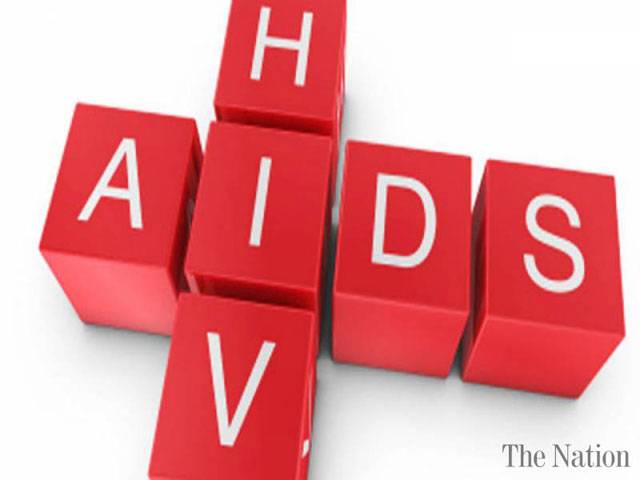Islamabad - The mortality rate for HIV/AIDS has surged in the country despite receiving more funds than demanded to stem the spread of the disease, says report.
The Human Rights Commission of Pakistan (HRCP) report said that there has been 11 per cent increase in the mortality rate for HIV/AIDS in the country, whereas, worldwide, deaths due to the disease declined at a rate of 1.5 per cent between 2000 and 2013.
According to the report released, the country, in order to control the spread of the disease, earmarked $18.75 million from Geneva-based non-profit Global Fund for the year 2016-17.
The amount was over $2 million more than the country had demanded.
Pakistan is among the 11 countries in Asia having a high instance of HIV/AIDS and as per the HRCP report there are around 98,000 HIV cases in the country.
The report said that from 2005 to 2014, the country averaged a 16 per cent annual increase in the rate of new HIV/AIDS infections, ultimately rising less than one case per 100,000 to 6.7 per 1,000,000. “The number of infected persons may run in millions in the country if proper screening is carried out,” the report alarmed. A majority of the patients suffering from the disease are under the age of 25, both male and female. The disease is incurable and has to be managed with medicines and proper diet. The medicines on the other hand are expensive and unaffordable.
The responsibility of providing these medicines lies with the government and it seeks the help of donors for the purpose.
The government has established 21 treatment centres as well as community and home-based care and support centres in remotest areas of the country to provide treatment to the people.
The report quoting the United Nations estimates states, “There are 97,000 to 125,000 HIV positive persons in Pakistan, about 50,000 from the Punjab province.” According to Sindh AIDS Control Programme, an estimated 45,000 HIV/AIDS patients are from the province.
The report suggested that the major high-risk groups include long-distance truck drivers, female sex workers, transgender sex workers, injecting drug users, jail mates, children born to infected parents, street children and victims of unsafe medical procedures.
The risk factors in the spread of disease include having unprotected sex, use of unsterilised medical instruments, re-use of syringes and needles, sharing contaminated syringes and needles, quackery, community dental clinics, street barbers, commercial and rising number of drug addicts. So far, the disease has killed 6,000 people in the country. The report also suggested that the public health indicators in the country are not encouraging. Life expectancy at birth is 59 years, lower than the average for other comparable countries, which is 61. The country ranks towards the bottom in infant and neonatal mortality. Pakistan’s ranking in the Maternal Mortality Ratio Index has slipped from 147 in 2014 to 149 in 2015, recording 276 deaths per 100,000 births.
It also has the third highest rate of infant mortality in the world. About 44 per cent children are stunted and around 9.6 million experience chronic nutrition deprivation, the report said.






